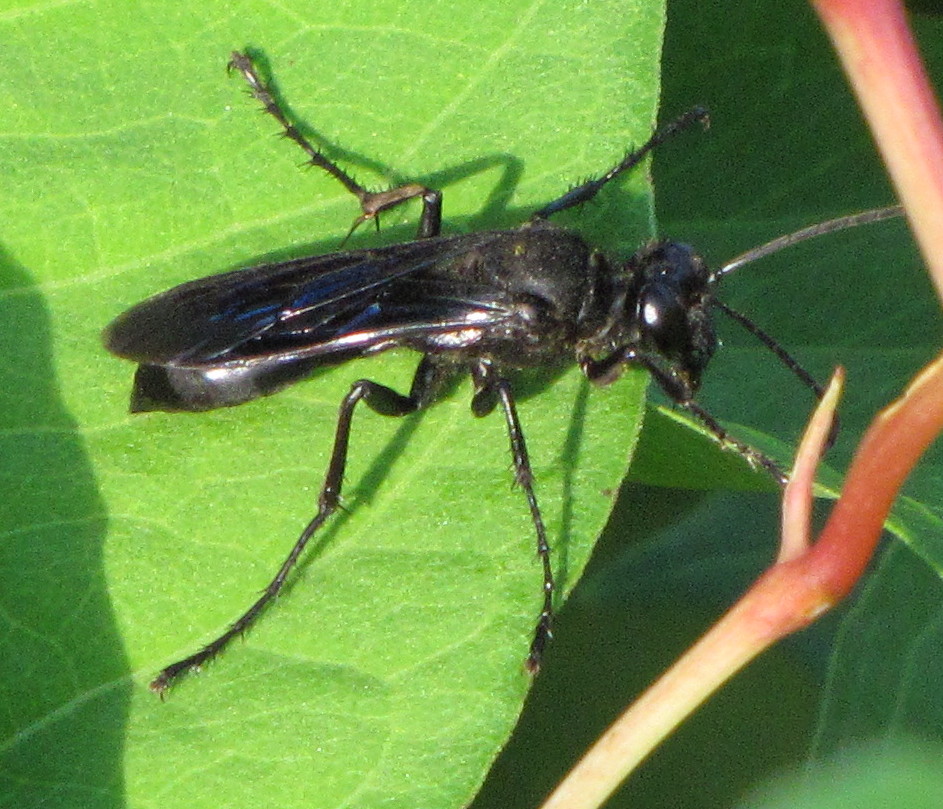

Sporting a rust-colored red head and middle segments, cicada killer wasps are also identified by their yellow-and-black striped back segment, and their antennae and wings are tinted yellow.Ĭommonly found in early summer along the edges of forests and gardens, cicada killer wasps can act as pollinators as they feed on flower nectar, but they also feed on cicadas, hence their name.

Resembling a large yellow jacket, cicada killer wasps can grow up to 1 ½ inches long. However, they are also beneficial in that they feed on pests, such as flies. Bald-faced hornets are found throughout the US and build aerial nests that can grow to the size of a basketball and that are often found 10-12 feet off the ground.īald-faced hornets are an aggressive species of wasp that can deliver a powerful sting if they are provoked or threatened. Similar in appearance to a yellowjacket, bald-faced hornets get their names from their largely black bodies and mostly white faces. Check out these wasps and hornets found throughout Pennsylvania! Most people are familiar with the importance of bees as pollinators, but wasps and hornets also function as pollinators, in addition to managing a number of agricultural and horticultural pests. Some of the insects that Pennsylvanians may encounter are stinging insects, such as bees, wasps, and hornets.

Spring, summer, and fall are some of the busiest times of year for insects and the best times of year for people to come into contact with them. As the days become warmer, many insects throughout Pennsylvania emerge.


 0 kommentar(er)
0 kommentar(er)
